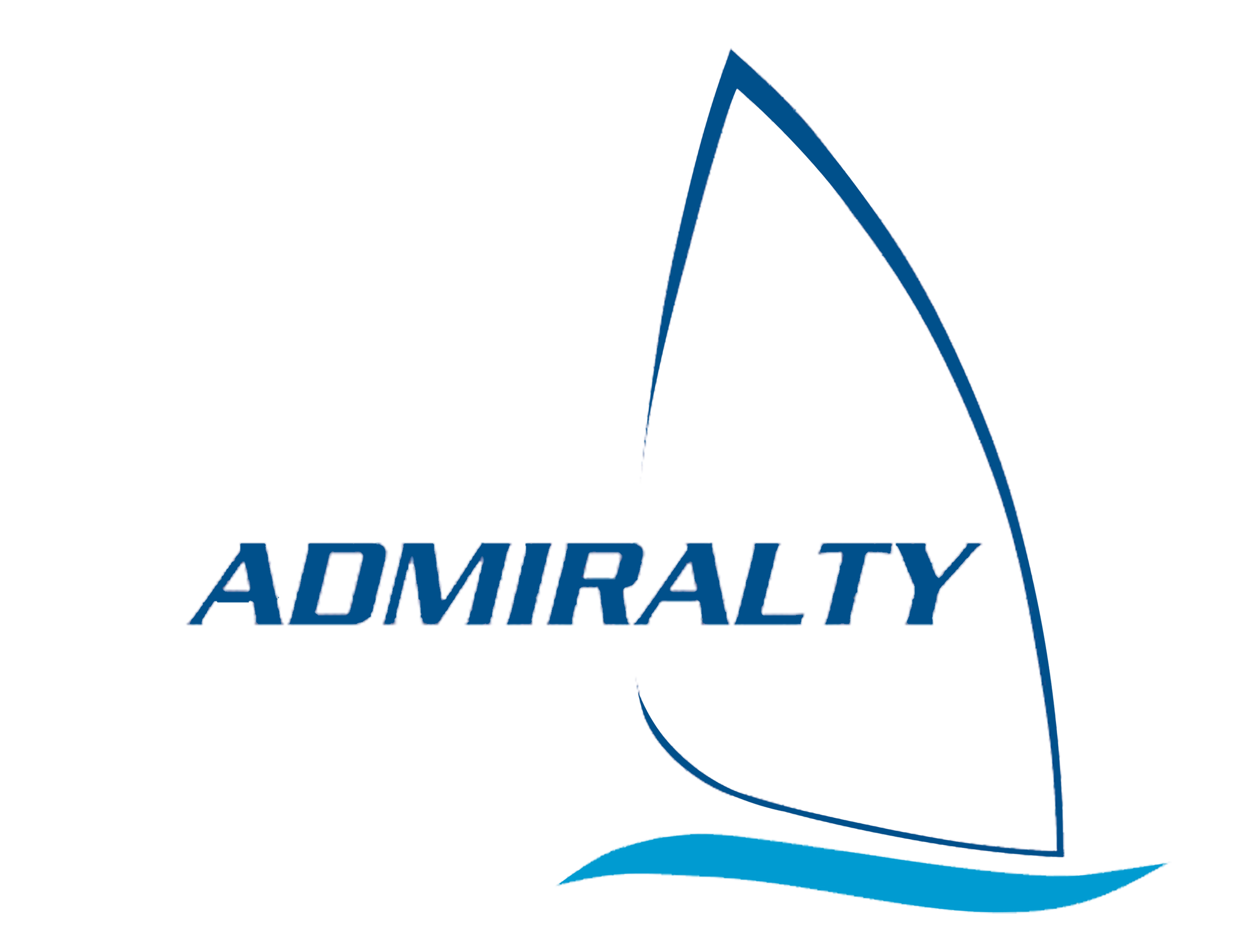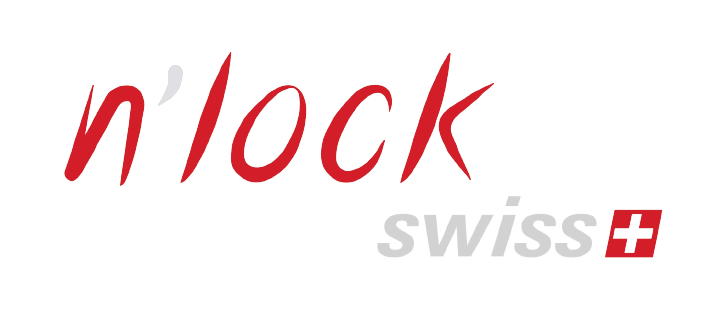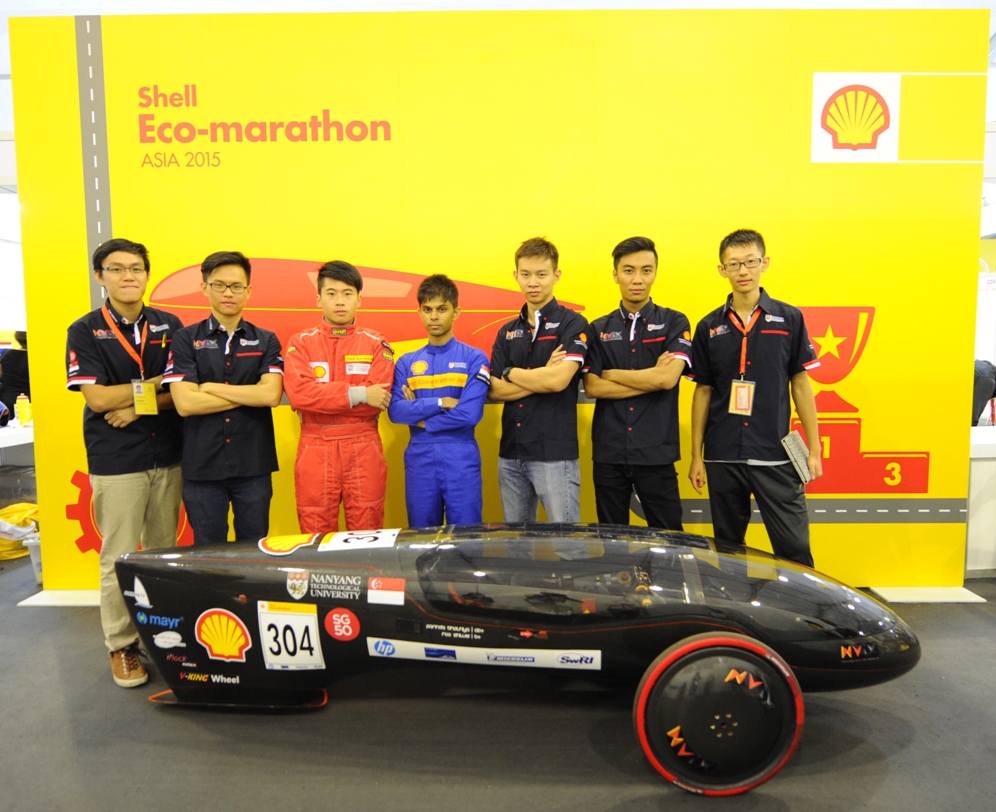Nanyang Venture IX

NTU Venture 9 or NV-IX (see figure below) is designed and built by the students of NTU’s College of Engineering to compete in the Shell Eco Marathon Asia (SEMA). SEMA is an annual competition where students in Asia compete to build the most energy efficient vehicle that runs on energy extracted from combustion of fuel or electrical energy from battery or hydrogen fuel cells. Therefore every aspect of the vehicle’s design is specifically engineered to achieve the minimum energy consumption per km travelled. Currently, the vehicle performance is 218 km for every kWh electrical energy consumed.
The design combine the energy savings with speed using a light weight construction of carbon fibre reinforced composite, polycarbonate and aluminium for the bodyshell, chassis and internal parts. Even the wheels are made of carbon fibre composite to minimise weight. Electrical energy is stored in high energy density lithium ion batteries. A small conformal solar panel (a limited area by the SEMA regulations) is attached to the canopy to convert solar radiation to partially power the vehicle.
Propulsion is provided by highly efficient 1 kW DC electric motor driven rear wheel. The two front wheels are extended outwards by two parallel aerofoil shaped spars for improved stability. One critical feature of the design of the front wheels is that it allows for both steering and tilting. Tilting or leaning allows for the vehicle to save energy when negotiating curves at high speed without need to reduce speed by braking or incurring risk of rollover. To lessen the driver’s workload, an active system incorporating a microcomputer controller and stepper motor automatically tilt the vehicle by the optimum angle computed from the speed and rate of turn of the vehicle.
NV-8 is known as the “three wheeled wingless glider” due to its resemblance to the highly aerodynamic aircraft. The body shell follows the optimal tear drop shape to minimise aerodynamic drag. A transparent polycarbonate canopy merged seamlessly with the sleek aerodynamic shape yet allows all surround panoramic view for the driver. It is tinted to protect the driver from intense sunlight and solar heating at the race site. Cooling comfort is provided by several NACA ducts (special low drag openings) in the shell to allow adequate ventilation. To further reduce rolling and mechanical friction, the wheel bearing arrangement incorporates high precision ball bearings which incorporate low friction seals and ceramic balls.
The electronics systems for the cockpit display, electronic clutch and tilting systems are compactly stowed within the electronics, battery and motor bay at the rear of the vehicle. The compact storage help to further reduce the weight adding to the competitiveness of this amazing vehicle.
Acknowledgements to sponsors
 |  |  | |
Car Specifications
| Dimensions and Weight | |
| Length | 320 cm |
| Width | 100 cm |
| Height | 70 cm |
| Additional Information | |
| Battery Electric Prototype | |
| Highly aerodynamic body shape | |
| 42KG | |
| Carbon fiber composite body shell | |
| 60km/hr | |
| Power assisted tilting ability so to reach higher cornering speeds | |
| Situation awareness by using object image recognition | |
| LiOn Battery Management System to maintain electronics’ health status(E.g Overvoltage, undervoltage, overtemperature, Cell balancing) | |
| 4 onboard micro-computer vehicle management systems incl: tilt system, electronic free wheeling clutch, display and image recognition systems | |
| Automotive-grade solid-state relays | |
| Solar module contoured to the transparent canopy | |
Team Members
Mentors
 | Assoc Professor Ng Heong Wah Division of Engineering Mechanics School of Mechanical and Aerospace Engineering |

Team - From Left to Right : Tan Ming Wei Winston, Jefferson, Foo Shiwei,
Parinda Bhathiya B. Tammita Kumarasiri, Tan Jin Cai, Zhu Hongjiao, Yang Taozheng

